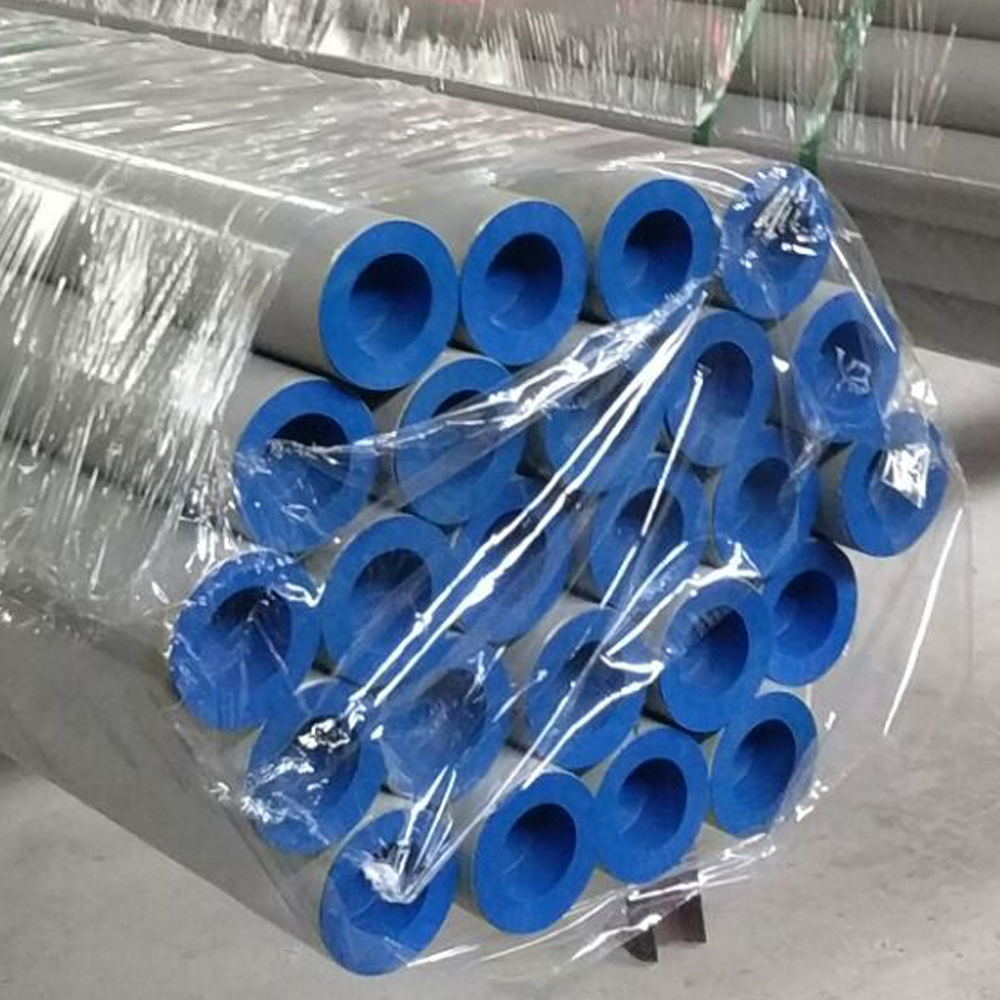
Additionally, it is important to ensure that the area where you are working is well-ventilated so that any fumes created by the cutting process can disperse quickly and easily. When cutting stainless steel pipes, make sure that you wear protective eyewear and gloves to protect your eyes and hands from flying debris. Safety Precautionsīefore starting any project involving power tools, it’s important to take safety precautions.

Once you have these tools in hand, you are ready to begin cutting your pipes. In order to successfully cut through stainless steel pipes, you will need an angle grinder (or other rotary tools), a grinding wheel, and a metal cutoff wheel. The most important part of cutting any type of material is having the right tools for the job. Read on to learn more about the basics of cutting stainless steel pipes Cutting Tools Cutting stainless steel pipe can seem intimidating and complicated, but with the right tools and techniques, it doesn’t have to be too difficult.


It is found everywhere, from the springs in tanks to the fuel lines carrying vehicle exhausts.If you’re a DIY enthusiast and you’ve come across a stainless steel pipe that needs to be cut, you may be wondering how best to do it. Since WW2, stainless steel has also played a key role in the defense sector. A good quality piece of stainless steel serves as a buffer against the damaging effects of wind and water, maintaining safety and stability. When it comes to infrastructure, the corrosion resistance of stainless steel helps extend the lifespan of structural and architectural projects. In the medical industry, stainless steel is found in nearly all the equipment that doctors use in their work as well as the many of the small, intricate parts of hospital machinery (such as the EKG or ECG) for monitoring patients. These applications can include food handling/processing (i.e., kitchen sinks, cutlery), medical instruments (i.e., thermostats), hardware, appliances, and structural/architectural uses (i.e., bridges, airport roofs). Unlike ordinary steel, stainless isn’t prone to corrosion, rusting or staining from water exposure – giving it many versatile applications. The most common of these steps include hot rolling, cold rolling, annealing, descaling/ pickling, cutting and finishing. You can have everything from stainless steel tubing and stainless steel pipes to a stainless steel bar and stainless steel sheet.ĭepending on which grade or shape is being produced, a piece of stainless steel may go through some processing steps multiple times before reaching the desired appearance or characteristics. Stainless steel also comes in many different shapes and dimensions. There are more than 100 grades of stainless steel – most are classified into five groups in the family of stainless steels: The exact composition is strictly measured and assessed throughout the alloying process to ensure the steel demonstrates the required qualities. Other elements can be added to increase corrosion resistance (nickel) and formability (molybdenum). This type of steel also contains varied amounts of other elements such as carbon, silicon and manganese. Once stainless steel is put into service, it does not need to be treated, coated or painted.īesides resistance to corrosion, stainless steel is known for its: This layer prevents corrosion from occurring on the steel surface the greater the amount of chromium in the steel, the greater the corrosion resistance. The chromium content produces a thin chromium oxide film on the steel’s surface called a passivation layer. Stainless steel is an iron alloy that has a minimum chromium content of 10.5%.


 0 kommentar(er)
0 kommentar(er)
